www.johntyman.com/peru/02.html
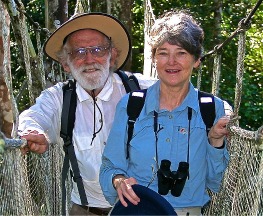 |
CULTURES IN CONTEXT PERU The Incas and Prehistoric Cultures II: MOCHE CULTURE 2.1: Political and Social Aspects |
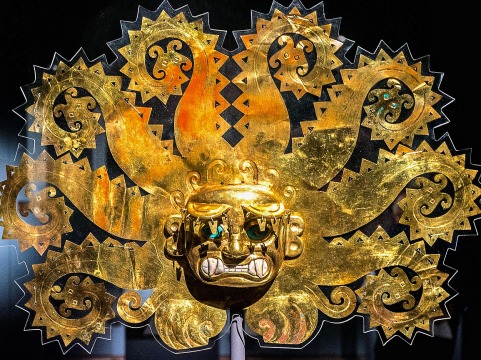
006. Moche culture flourished on the northern coast of Peru between 100BCE and 750AD, occupying 400kms of desert coastline and extending almost 100kms inland. Moche people were contemporary with the Nazca civilization further down the coast but, thanks to their conquest of surrounding territories, they were able to accumulate the wealth and power necessary to establish themselves as one of the most important early Andean cultures… arguably the first true state in the Andes. (Gold frontal headdress in the shape of an octopus: photo courtesy Mark Kinchin) |
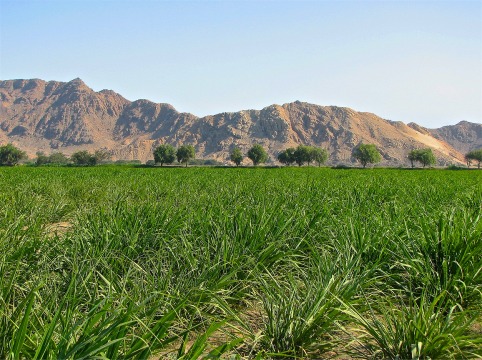
007. The Moche were mostly farmers and developed sophisticated irrigation systems to allow cropping of desert lands. They planted maize, potatoes, manioc, beans, pumpkins, sweet potatoes, peanuts, fruit, and cotton. Their hydraulic engineering allowed them to produce more food than they themselves needed and this underwrote the wealth of their economy. (Irrigated farmlands today near Sipan.) |
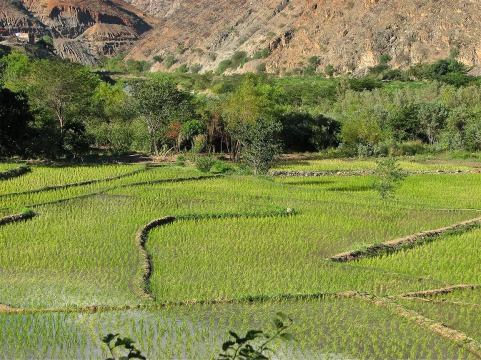
008. The fields were laid out in a regular grid pattern of small rectangular plots; often with a small adobe viewing platform, which suggests some sort of state supervision and control by the elite (Kuraka) class. With an extensive system of canals, reservoirs, and aqueducts, the land here could support a population of around 25,000. Sugar and rice are grown here today. (Rice farming nearby today.) |
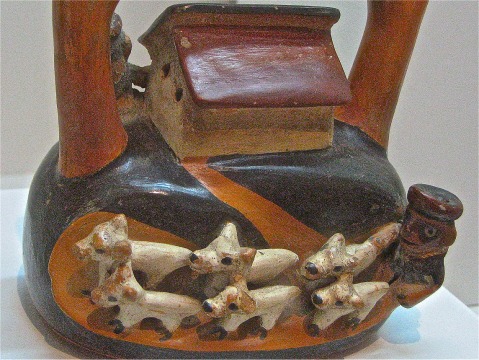
009. The use of farm animals was portrayed in Moche ceramics; but compared with cropping, animal husbandry was a less significant activity. (Llamas and farm building on Moche ceramic.) |
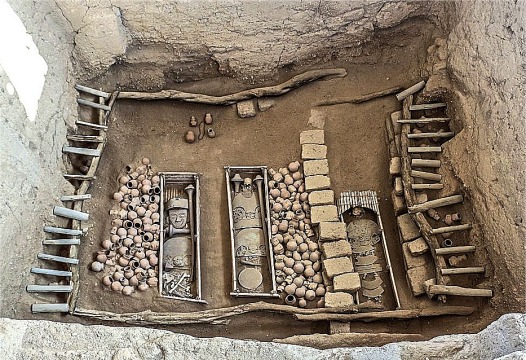
010. The Moche are said to have been “bloodthirsty warriors” and tyrannized their neighbours to obtain prisoners for mass human sacrifices and to acquire extra farmland. (Tomb of warriors at Sipan) |
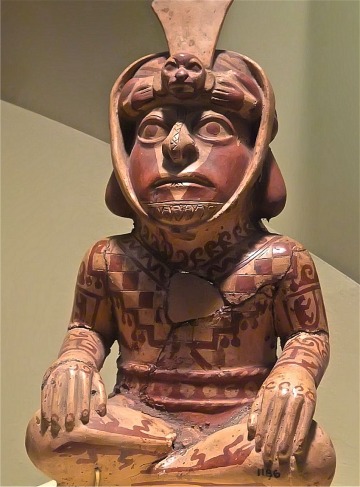
011. The Moche society was extremely hierarchical with well-defined social classes … with lords and warrior priests at one end, and peasants and servants on the other. (Ceramic of tattooed priest: photo courtesy Mary Haarrsch) |
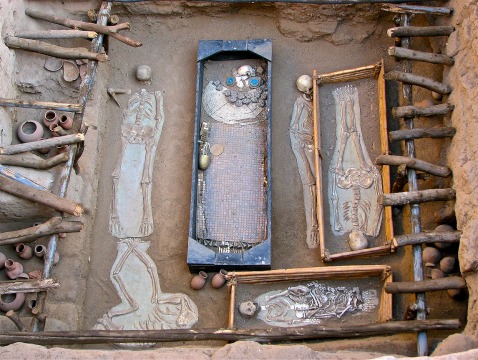
012. The gulf between these classes was evident in burial. The bodies of warriors, priests and royalty were surrounded by gold and silver ornaments and laid out in sumptuous clothes: and alongside them were the bodies of people who had been ritually sacrificed. Peasants, in contrast, had a piece of cloth wrapped around them and were buried in simple graves. (Reconstruction of one of the graves at Sipan.) |
![]()
Text and photos by John Tyman
Intended for Educational Use Only.
Contact Dr. John Tyman at johntyman2@gmail.com
for information regarding public or commercial
use.
![]()
www.hillmanweb.com
Photo processing, Web page layout, formatting
and hosting by
William
Hillman ~ Brandon, Manitoba ~ Canada